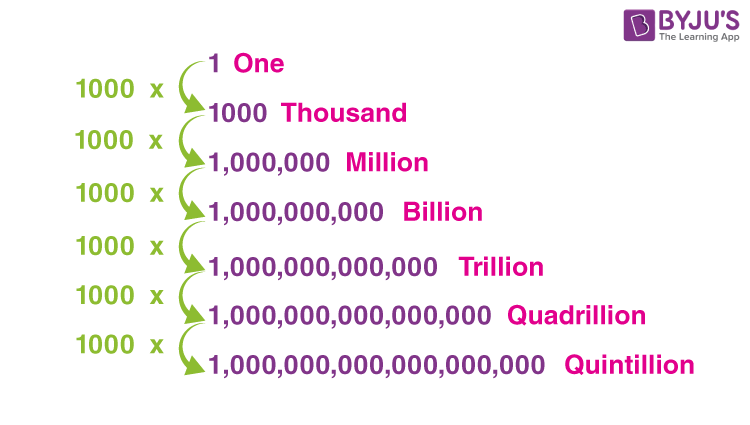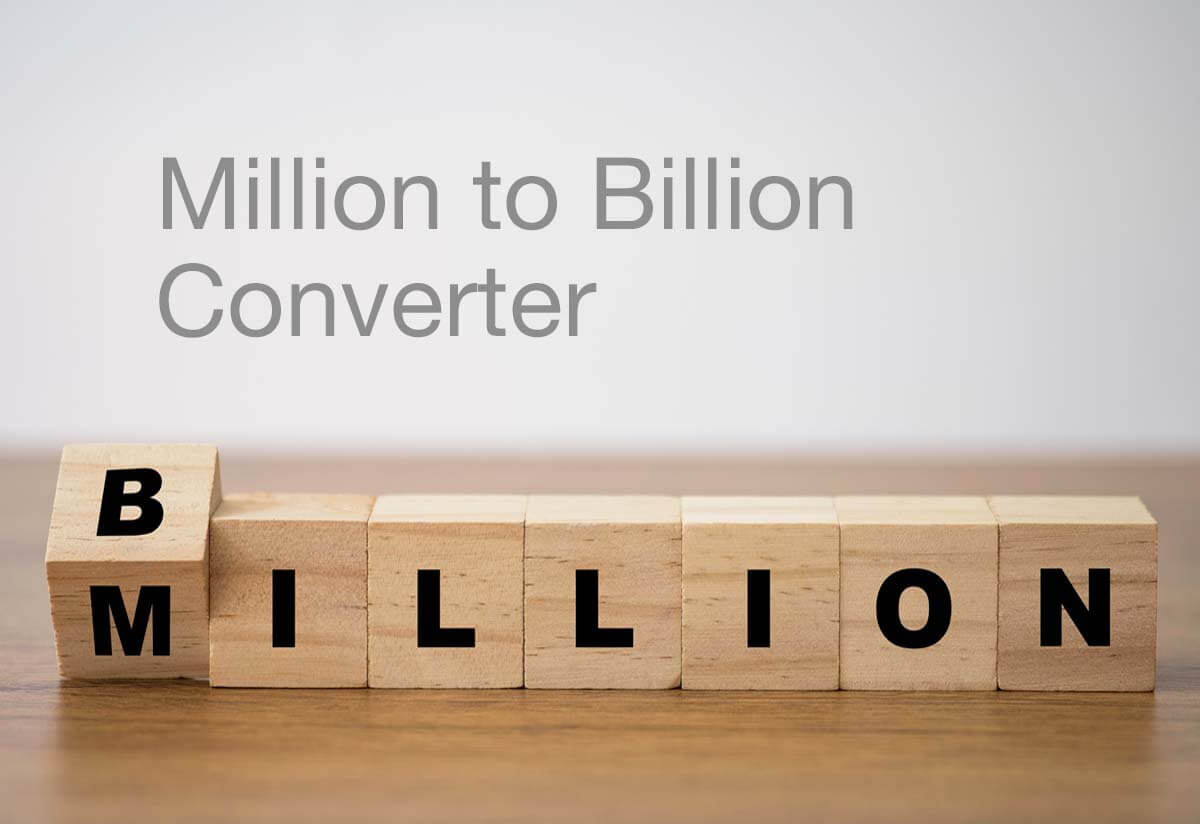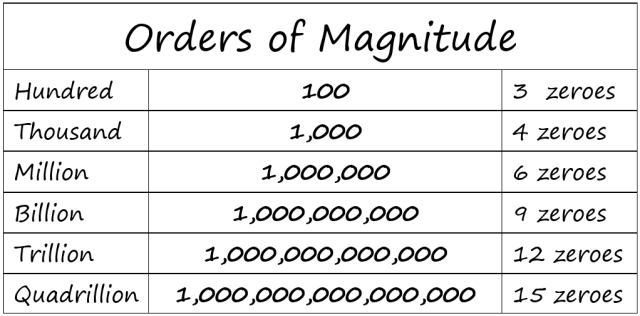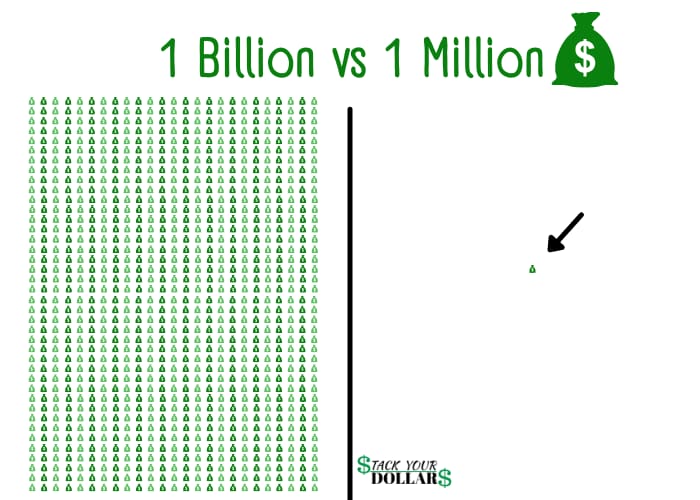7 Billion Divided By 1 Million

The sheer scale of global issues often feels abstract, difficult to grasp in a tangible way. To bridge this gap, a recent initiative has focused on visualizing global challenges by dividing them into more manageable units, specifically relating to a group of one million people.
This exercise aims to provide a clearer perspective on resource allocation, societal impact, and the distribution of wealth, highlighting the disparities and opportunities that exist within our global community.
Understanding the "Per Million" Metric
The core of this approach involves expressing large global figures, often numbering in the billions, as a ratio relative to a population of one million. This transformation seeks to make these vast numbers more relatable and understandable, facilitating more informed discussions and decision-making.
This methodology is being applied across various sectors, including economics, healthcare, and environmental sustainability. By framing data in this way, analysts and policymakers can better assess the needs of smaller communities within the global population.
Economic Disparities: A Closer Look
Economically, the "per million" metric reveals stark differences in wealth distribution. For example, global wealth, when divided by the number of millionaires worldwide, paints a picture of significant income inequality.
Oxfam, in its annual inequality report, frequently utilizes ratios to illustrate the concentration of wealth among the world's richest individuals. This approach is also used by organizations like the World Bank to analyze poverty rates and assess the effectiveness of development programs.
This allows for a better understanding of how much impact a relatively small number of individuals can have on global economic trends.
Healthcare: Resources and Access
In healthcare, the "per million" measurement highlights the availability of resources such as doctors, hospital beds, and vaccines. Countries with a high number of doctors per million residents generally demonstrate better health outcomes.
Data from the World Health Organization (WHO) shows a direct correlation between healthcare resources and life expectancy. Areas with fewer medical professionals per million people often face challenges in providing adequate healthcare services.
This metric allows for a more granular assessment of healthcare systems, identifying areas that require targeted investment and support.
Environmental Sustainability: A Shared Responsibility
Environmentally, this approach sheds light on the impact of various activities on a manageable population segment. Greenhouse gas emissions, deforestation rates, and access to clean water can all be expressed "per million."
The United Nations Environment Programme (UNEP) frequently employs this kind of analysis to demonstrate the environmental footprint of specific regions and industries. This helps governments and organizations develop strategies to mitigate the effects of climate change and promote sustainable practices.
By quantifying environmental impact relative to a smaller population, it becomes easier to understand the individual contributions to larger global environmental issues.
Impact on Policy and Public Awareness
The use of "per million" metrics has significant implications for policy development. It allows policymakers to identify specific areas of need and allocate resources more effectively.
By presenting data in a more digestible format, it promotes greater public awareness and engagement. This method aids in fostering a better understanding of global challenges and empowering individuals to advocate for change.
Organizations like the Gates Foundation also adopt this approach to illustrate the impact of their initiatives on specific populations. This helps them to refine their strategies and maximize their effectiveness.
Challenges and Limitations
While this approach offers numerous benefits, it's essential to acknowledge its limitations. Averages can sometimes mask significant variations within a population.
For example, wealth distribution within a group of one million people may be highly skewed, with a few individuals holding a disproportionate share of the wealth. Similarly, healthcare access may vary significantly depending on factors such as location, income, and ethnicity.
It is, therefore, crucial to consider these limitations and interpret data within a broader context.
Conclusion
Dividing global figures by one million offers a powerful tool for understanding complex challenges. It allows us to break down seemingly insurmountable problems into more manageable units.
By promoting greater awareness and informed decision-making, this approach has the potential to drive meaningful change. It is a way to visualize the impact of global issues on a human scale.
As global challenges continue to evolve, innovative methods such as this will be crucial in fostering collective action and creating a more equitable and sustainable future. This is the future.
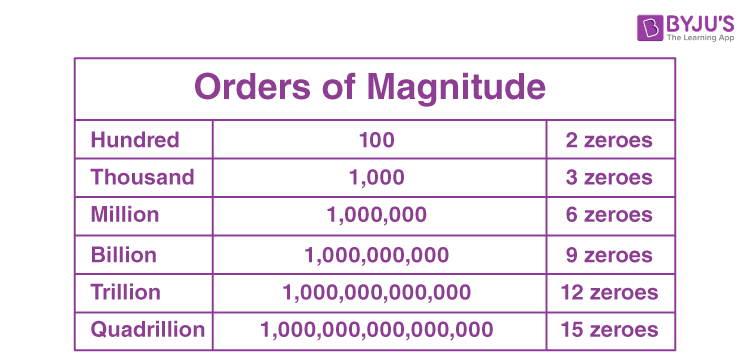






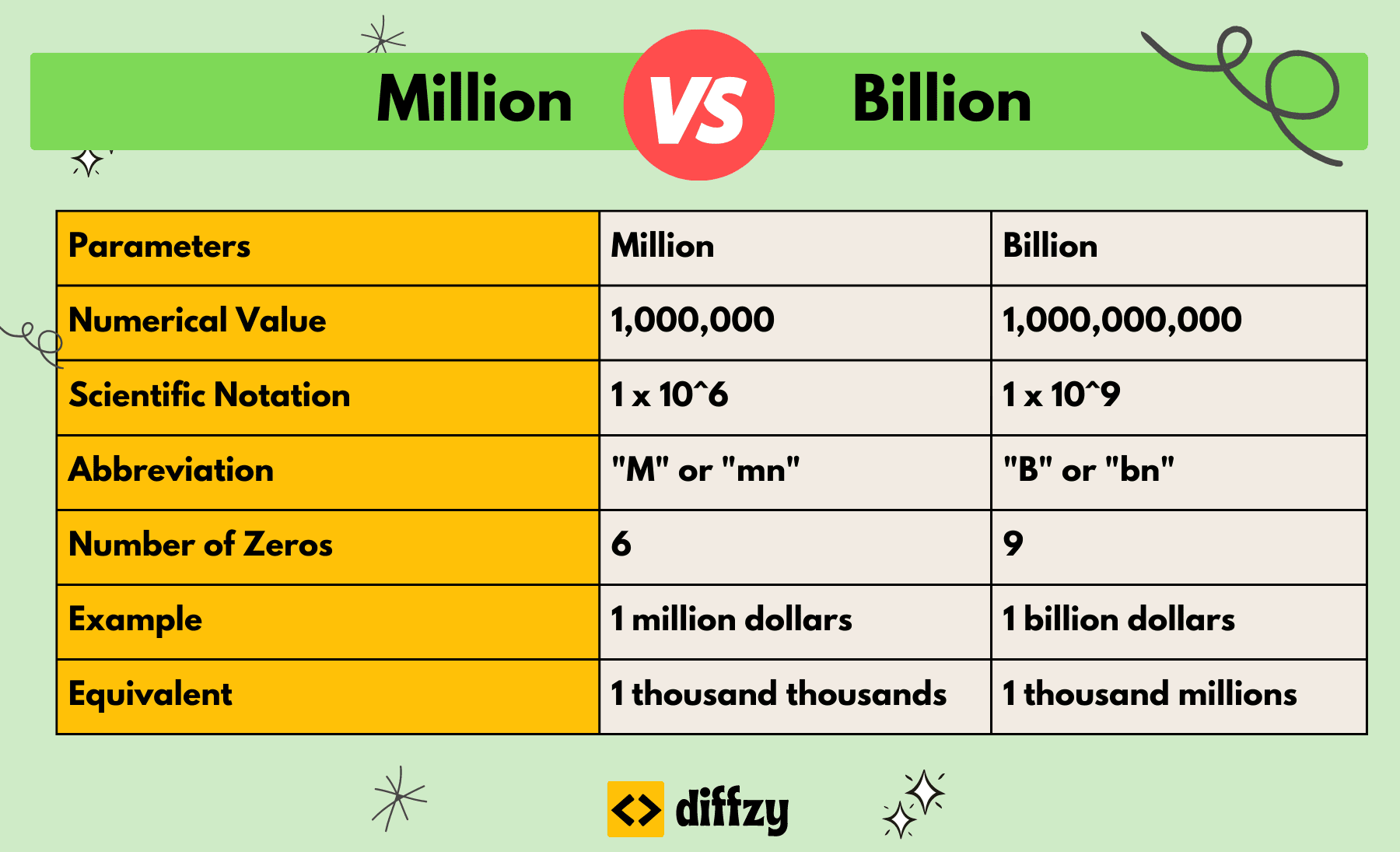


/BiggerThanMillion-58b734085f9b5880803990ff.jpg)
